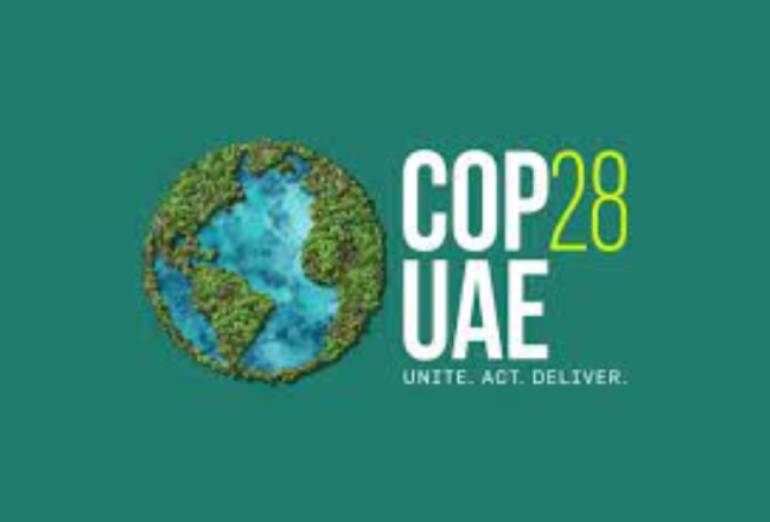Our forests are getting the global attention they have always deserved.
Recent developments:
European Union on June 29, 2023, introduced a regulation on deforestation-free products. In a press release, the EU said, “The main driver of these processes is the expansion of agricultural land that is linked to the production of commodities like soy, beef, palm oil, wood, cocoa, coffee, rubber and some of their derived products, such as leather, chocolate, tyres, or furniture. As a major economy and consumer of these commodities linked to deforestation and forest degradation, the EU is partly responsible for this problem and it wants to lead the way to solving it.”
How this translates into a real-world scenario is this: operators trading these commodities in the EU market must have a certificate or legal documents to prove that the products do not originate from recently deforested land or have contributed to forest degradation.
Advantage or disadvantage?
Even as the world deliberates on the new developments and a concentrated effort to re-forest the deforested areas and stop further damage. When the European Union introduced a regulation on deforestation-free products, back home some observers believed that India will be in an advantageous position as the country has clearly demarcated agricultural and forest land.
However, Nagaraj Prakasam, author of the book, Back to Bharat—In search of a sustainable future, and a farmer, cautioned that it is time to ascribe value in modern and scientific terms to much that we have considered old or traditional or tribal. Compare, for instance, the carbon footprint of a farmer living in a village of thatched-roof houses whose family weaves textiles to someone living in Bengaluru, New York or London.
“Obviously, he is more considerate about the future than his counterparts elsewhere, but we call him poor instead of celebrating his simplicity and providing him carbon credits. We have become focused on encouraging carbon fixers, without appreciating or rewarding the carbon preventers. While India’s GDP, totalling $3.6 trillion, is one-eighth that of the US whose GDP is $25 trillion (IMF 2022), per capita carbon emission in the US is 6.9 times more than that in India. If carbon is the new gold, then who is rich? India’s per capita greenhouse gases (GHG) emissions, at 2.7 tonnes of CO2, are significantly lower than the global average (6.6 tonnes), the US’s (18.4 tonnes), or China’s (8.2 tonnes), a fact we need to recognize urgently,” Mr Prakasam noted.
The background:
Forests that have traditionally contributed a large part of the green cover on Planet Earth, are slowly and gradually diminishing.
The reasons are aplenty: increased population, rapid urbanization, climate change, migration, industrial agriculture, timber logging, mining, expansion and infrastructure, and draught among others. The impact is just not on the economy, but wildlife, natural conversation and bio-diversity as well as human beings—the entire extended value chain.
Data and analysis:
According to Our World in Data, globally we deforest around ten million hectares of forest every year. That’s an area the size of Portugal every year. Around half of this deforestation is offset by regrowing forests, so overall we lose around five million hectares each year. Nearly all – 95% – of this deforestation occurs in the tropics.
The London School of Economics and political science in a paper on the scale of deforestation and its role in climate change noted that land use change, principally deforestation, contributes 12–20% of global greenhouse gas emissions. Forest degradation (changes that negatively affect a forest’s structure or function but that do not decrease its area), and the destruction of tropical peatlands, also contribute to these emissions. As a result of deforestation and degradation, some tropical forests now emit more carbon than they capture, turning them from a carbon ‘sink’ into a carbon source.
While the regulators are tightening compliance standards and introducing or upgrading frameworks at regular intervals to combat climate change and mitigate risk, the focus on forests (our green cover) has gained prominence in the last few years.
The roadmap:
The good news is that the global forums effectively led by the UN and EU, WB, ADB, and back home, the GoI are making efforts to salvage the natural resource.
Take for example, the UN’s SDG 15 which aims to protect, restore and promote sustainable use of terrestrial ecosystems, sustainably manage forests, combat desertification, and halt and reverse land degradation and halt biodiversity loss.
In lieu of the same, experts recently deliberated on methods to achieve global forest goals and ways to enhance sustainable forest management at an event on United Nations Forum on Forests.
The initiative gained significance as the UN Forum for Forests has pegged the year 2023 as a pivotal year for the United Nations Strategic Plan on Forests and the 2030 Agenda on Sustainable Development. Contextually, it has revealed specific forest-based actions that address interconnections and advance the fight against climate change for sustainable development.
Similarly, the European Union prepared the world with the introduction of a regulation on deforestation-free products.
Likewise, the Lok Sabha (lower house of the Parliament in India) has passed the Forest (Conservation) Amendment Bill 2023, last week. While more details and clarity are awaited, I believe that the bill will enable permission to use or clear the forest land for security installations. It is true that the India’s forest cover is increasing. Going by that yardstick, the Indian agricultural segment has a wider market opening up globally.
These are some of the recent policy developments in the two regions. We anticipate that more will follow in the future.









